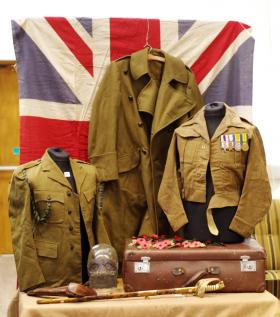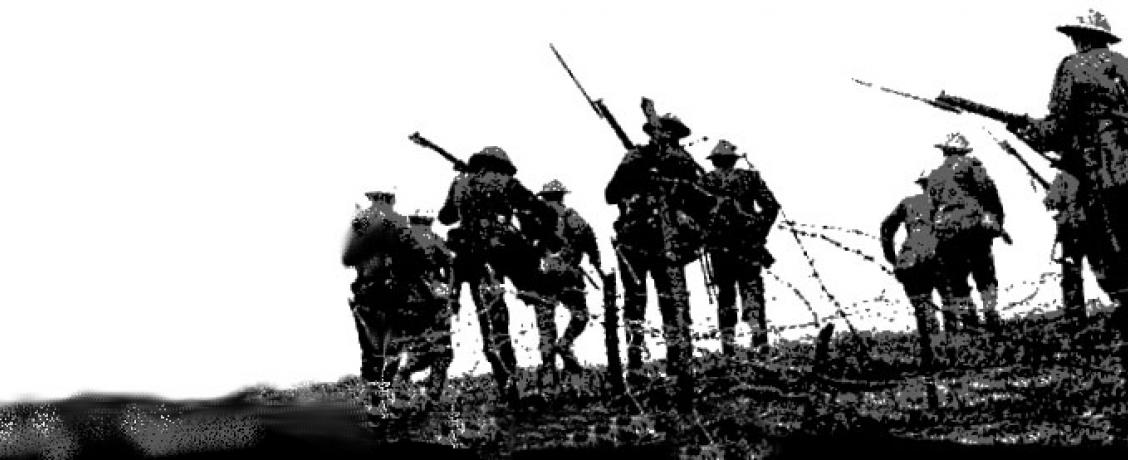Militaria Sale Report
Coinciding with the centenary of the armistice of World War I, the recent Militaria sale was successful in exhibiting an array of important historical lots, including helmets, headwear and uniforms, edged weaponry and antique firearms, medals and badges, ephemera, ceramics and trench art. Items were not limited to World War I either, but highlighted moments from battle throughout history and across several different countries. The most prosperous lot of the sale was a 19th Century bronze cannon selling for £4700. A plaque on the cannon ascribes itself to “J.J. Wolff makers, Southampton”. Wolff’s business flourished in Southampton during the 1830’s and 40’s, as he was primarily known for the casting of guns to be installed on ships and boats. Most significantly however, Wolff provided the Mexican government with twenty cannons to aid them whilst at war with the U.S between 1836 and 1853. Another lot of interest to sell was a collection of items owned by Admiral William Henry Edye, which sold for £700. Admiral Edye was an officer of the Royal Navy during the 19th Century who served - amongst other many other places - in Africa, China, North America and the West Indies. The lot included a sword featuring a pommel in the shape of a lion’s head, an engraved oak chest, a Victorian naval gilt brass belt buckle and an India general service medal. Additionally, a number of lots consisting of British Army regimental shoulder titles sold for upwards of £1500, tremendously exceeding their guide prices of £80-£120.
The Militaria sale was particularly significant for the role it played in commemorating important historical events. Whilst such events are not ones to be celebrated, they should be remembered along with the people who fought through and overcame war. The sale contributed to such a remembrance by highlighting objects from history to actively educate the public and to ensure pieces of history aren’t neglected. It simultaneously allowed the public to touch, feel and therefore experience snapshots of the war. Much as the war veterans brought back the anecdotes of the war, the Militaria sale provided people with a glimpse at the artefacts which were brought back, combining together to give people a good, general insight into - and understanding of - war.
The sale attracted a multitude of prospective buyers in droves; from enthusiasts to collectors, historians to the general public. With most people having a relative or friend who served in wartime, the average person was drawn to the sale, alongside the specialist collector, to form a large crowd. The new, spacious Waveney room also facilitated in the museum-style set-up of the sale in order to promote lots in an easy and aesthetically pleasing manner, enthusing both vendors and buyers alike.
By
Eloise Shiner

